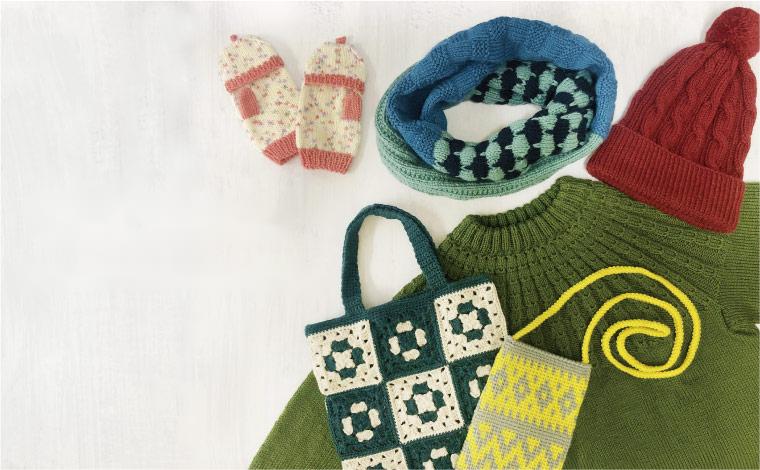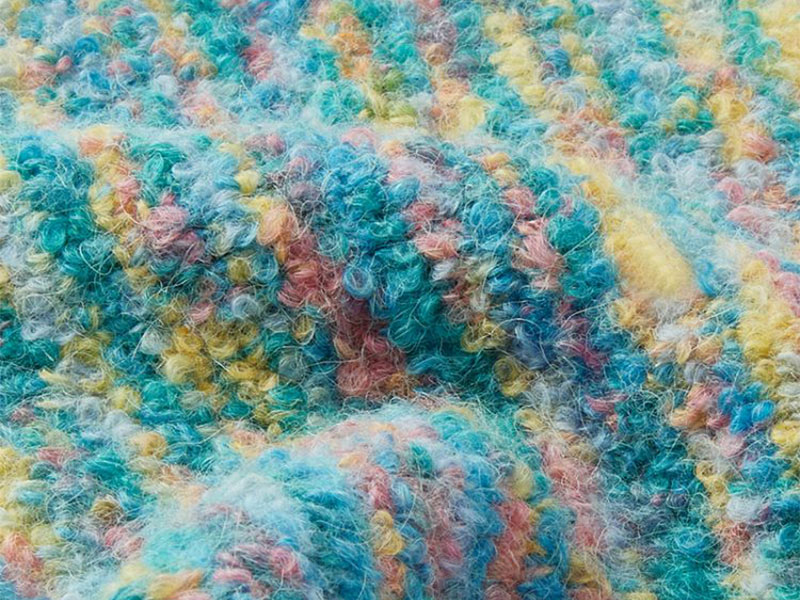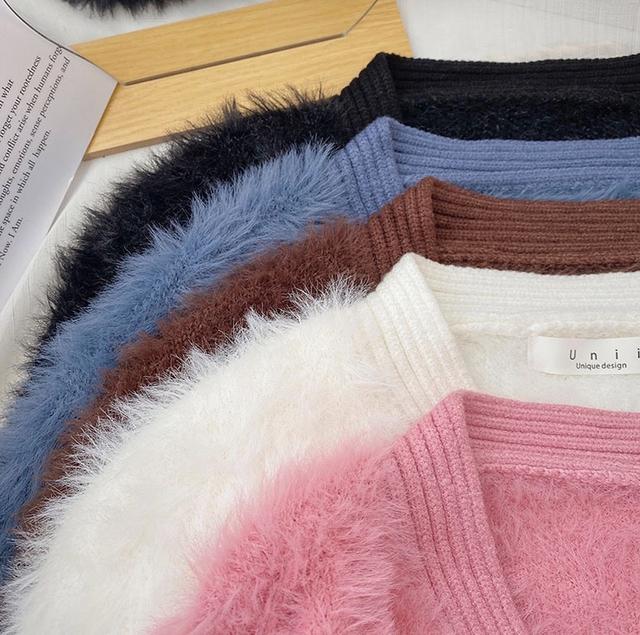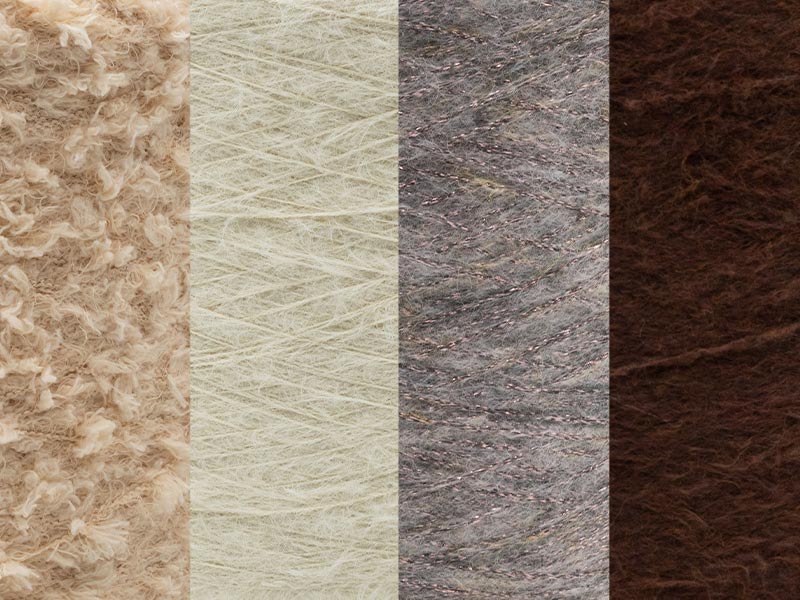Cotton Wool Blend Yarn: Advantages, Uses & Benefits for Textile Manufacturers?
Cotton and wool are two of the most common natural textiles used to produce garments. They all have useful features. Cotton is soft, lets air through, and is easy to take care of. Wool, on the other hand, is warm, strong, and keeps heat in naturally. When you mix these two fibers, you get a fabric or yarn that has the best of both worlds. This makes it a wonderful choice for many kinds of textiles.
People often use cotton wool blends to manufacture knitting yarns, woven fabrics, and special textiles for clothes, home decor, and even industrial use. Knowing the benefits of cotton wool blends will help you make smart decisions for your next project, whether you’re a designer, a manufacturer, or just a hobbyist.
What is a Cotton Wool Blend?
A cotton wool blend is a type of yarn or fabric made by twisting together cotton and wool fibers in a certain way. The blend ratio can be different, like 50% cotton and 50% wool, 70% cotton and 30% wool, or other custom mixes that depend on how warm, soft, and long-lasting you want the fabric to be.
During the spinning process, the fibers are mixed together so that they can lock together and work together. Cotton makes things softer, more breathable, and better at soaking up moisture. Wool makes things more elastic, warmer, and more durable. This means that the textile can be used all year round and in many different climates.
Key Advantages of Cotton Wool Blend
1. Balanced Comfort
One of the best things about it is how comfortable it is. Cotton feels cool and soft on the skin, which keeps you from feeling too hot. Wool, on the other hand, keeps you warm without being overly heavy. This balance helps garments made of cotton and wool blend well for spring and fall, when the temperature changes.
2. Moisture Management
Cotton absorbs perspiration and moisture, whereas wool can pull moisture away from the skin and keep you warm even when it’s wet. Because of these features, the combination is great for clothes that are worn for sports, everyday wear, and being outside.
3. Durability
Wool fibers are naturally stretchy, so they can stretch and then come back together. Cotton fibers are tough and don’t break down readily. This blend makes the fabric endure longer, which helps clothing preserve their shape and quality over time.
4. Versatility in Use
You can weave or knit cotton wool blends into a lot of different fabrics, from light jersey knits to heavy twills. You may use them for a lot of things, such blankets, sweaters, jackets, scarves, and upholstery.
5. Reduced Itchiness
Some people think pure wool is unpleasant on their skin, but combining it with cotton makes it far less itchy while still keeping you warm. Because of this, those with sensitive skin should choose a cotton wool blend.

Common Applications
Application | Why Cotton Wool Blend Works Well |
Sweaters & Cardigans | Warmth from wool, softness and breathability from cotton |
Blankets & Throws | Comfortable, warm, yet not too heavy |
Casual Jackets | Durable structure with added comfort |
Scarves & Shawls | Soft against skin, suitable for all seasons |
Upholstery | Long-lasting, resistant to stretching and pilling |
Children’s Clothing | Gentle on skin, easy to wash, retains warmth without overheating |
Cotton Wool Blend vs. 100% Cotton and 100% Wool
Property | 100% Cotton | 100% Wool | Cotton Wool Blend |
Warmth | Light to medium | High | Medium to high, suitable year-round |
Breathability | Excellent | Moderate | Balanced |
Softness | High | Medium (can be itchy) | High, with reduced itch |
Durability | Strong but less elastic | Elastic but less abrasion-resistant | Strong and elastic |
Care Requirements | Easy to wash | May require hand wash or dry clean | Easier care than pure wool |
Price | Usually lower | Usually higher | Mid-range |
How to Care for Cotton Wool Blends
Cotton wool blends are usually easier to take care of than pure wool, but they still need some care to keep their quality:
Washing: Use water that is cold or warm and a mild detergent. Don’t use hot water to keep it from shrinking.
Drying: To keep its shape, lay it flat to dry. Don’t tumble dry at a high temperature.
Storage: Keep in a cool, dry place. Do not hang heavy knit clothes up to keep them from stretching.
Pilling: To get rid of small pills that may form over time, use a fabric shaver.
Why Choose Cotton Wool Blend for Your Projects
From the point of view of a manufacturer, cotton wool blends are a great balance of cost and performance. This means that designers and brands need to make clothes that are both fashionable and useful without raising production costs too much.
Cotton wool blend items are comfortable to wear in all seasons, so you don’t need to have a separate wardrobe for summer and winter. The blend also appeals to buyers who care about the environment because both fibers can be grown again and will break down naturally.
Our Cotton Wool Blend Yarn
We make high-quality cotton wool blend yarns in different counts and blend ratios at Duoyou Yarn Company. We can make them to fit your needs. We can change the color, texture, and performance of the yarn to fit your needs, whether you need fine-gauge yarn for lightweight knits or thicker yarn for warm winter clothes.
Our advanced spinning technology makes sure that the colors are evenly mixed, and our dyeing process makes the colors bright and long-lasting. We also offer OEM and ODM services to help you make unique products for your brand.
Conclusion
A cotton wool blend has the best of both worlds: it is soft and breathable like cotton, but it is also warm and strong like wool. This blend creates textiles that are cozy, durable, and practical for a variety of applications, including clothing and interior design.
For knitters, designers, retailers, and textile manufacturers, cotton wool blends offer the ideal balance of fashion and functionality. If you invest in this flexible fiber mix, customers will love and use the products for years to come.
Related News
Discover more about the latest developments in the yarn industry, explore articles on development trends and innovative technologies, and provide you with more industry insights.

Things You Need To Know About Using Boucle Yarn To Knit
Have you ever wondered how they are manufactured when you touch the three-dimensional circular fabrics? The answer is Boucle Yarn. This yarn, which has unique loop patterns and embossed textures (the French word “boucle,” which sounds like “boo-clay” and means “coiled” or “circular”), adds a lot of depth, visual appeal, and warmth to any project.

Mink yarn, also known as faux mink yarn or imitation mink yarn, is a type of fancy yarn that mimics the luxurious texture and visual appeal of natural mink fur—without using any animal materials. It’s soft, fluffy, smooth, and often has a beautiful sheen, making it ideal for creating high-end fashion items and cozy textiles. But what exactly is mink yarn, and why is it gaining popularity in the textile and knitting industries? Let’s explore everything you need to know about this fascinating fancy yarn.

What Is Faux Mink Material? Ultimate Guide to Luxurious, Ethical Faux Fur
Faux mink material is a premium type of synthetic fur designed to imitate the lush, silky softness of real mink fur—without using any animal fibers. As an ethical and cost-effective alternative, faux mink offers elegance, warmth, and versatility for fashion, home décor, and craft applications. Its popularity has surged in recent years as both brands and consumers look for more sustainable, cruelty-free textile options.
But what exactly is faux mink? How is it different from other faux furs, and what makes it ideal for specific projects? Let’s explore everything you need to know.

